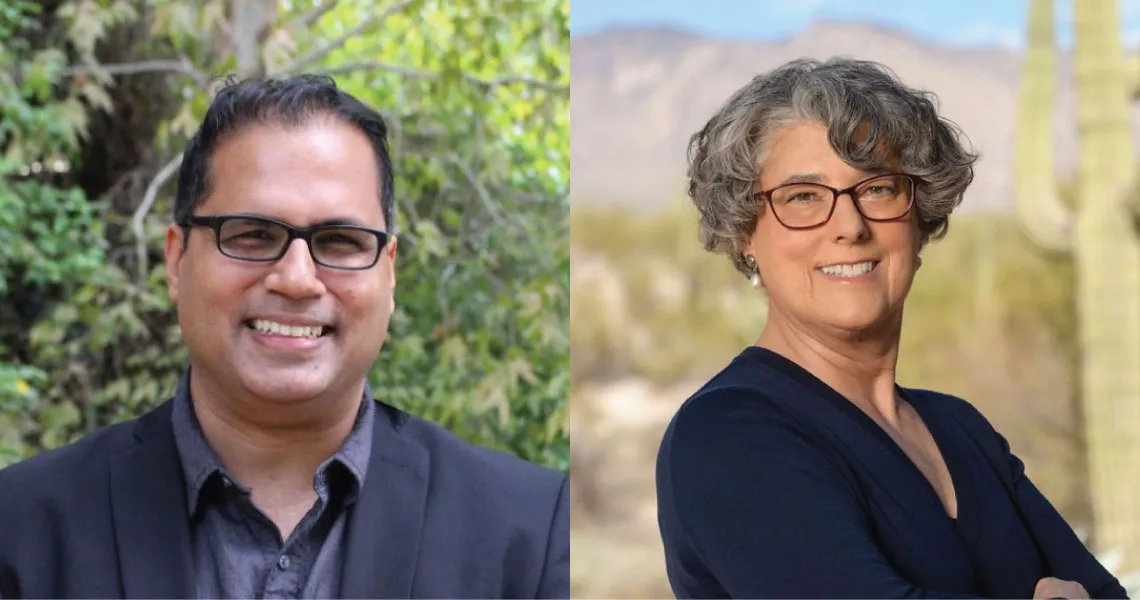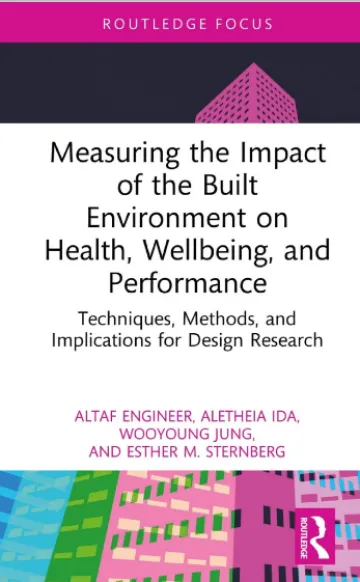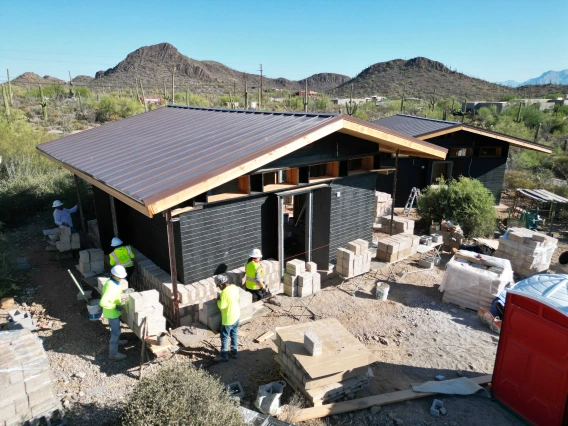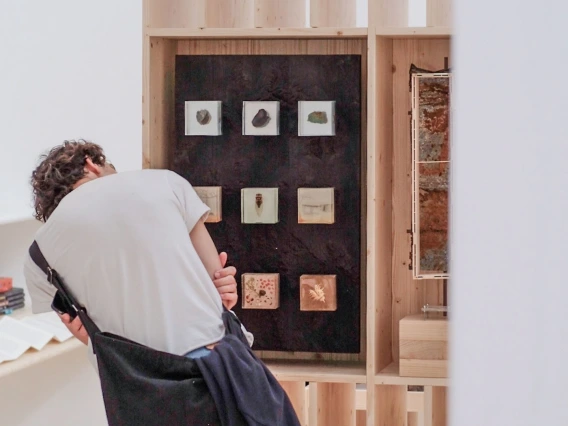Interdisciplinary Authors Discuss Intersection of Health and the Built Environment in Their New Book

A new book co-authored by faculty members representing architecture, civil and architectural engineering, and integrative medicine is highlighting the impact of the built environment on human health and wellbeing.
Titled “Measuring the Impact of the Built Environment on Health, Wellbeing, and Performance: Techniques, Methods, and Implications for Design Research,” the book is authored by Altaf Engineer, PhD, an associate professor of architecture, CAPLA; Aletheia Ida, PhD, founder of Designing WELL; Wooyoung Jung, PhD, an assistant professor in the Department of Civil, Architectural Engineering & Mechanics; and Esther Sternberg, M.D., Research Director of the Andrew Weil Center for Integrative Medicine, Director of the UArizona Institute on Place, Wellbeing & Performance, Endowed Andrew Weil Chair for Research in Integrative Medicine, Professor of Medicine, UArizona College of Medicine, with joint appointments in the College of Architecture, Planning and Landscape Architecture.
The work explains how new technologies, such as wearable devices, environmental sensors, and embedded material sensors, can help measure stress, comfort, health, and employee performance in built environments like homes and offices. Moreover, the authors discuss how these innovative methods can assist employers in optimizing building designs to enhance the wellbeing of occupants.
The co-authors explore how health is influenced by the spaces we live and work in three parts. The first part, “Fundamentals,” examines the material measures for health and wellbeing for a human in the built environment. The second part, “Methods,” discusses the measurement tools, techniques and methodologies used to assess health and wellbeing. Lastly, “Applications,” delves into case studies and future implications for research and design.

“We envision this book being used by researchers, educators, students, but also professionals in architecture, interior design, integrative medicine and other related fields because all have a common vision to improve the health of occupants in buildings,” Engineer said. “There’s a broad applicability outside of design and medical fields because health concerns aren’t going away anytime soon and it’s important for employers to consider the health impacts of their workers’ environments.”
The book also aims to fill the gap in resources and information due to rapid advances in technology and the growing interdisciplinary collaboration between health and architecture. By spotlighting recent studies and emerging technologies, the co-authors provide valuable insights into the future applications of these tools in addressing the intersection of human health and the built environment.
“You can have the technology that’s great, but what’s the applicability in terms of addressing issues related to human health and the built environment – I think our book gives that direction,” Engineer said.
Virtual reality, augmented reality, and artificial intelligence are highlighted as examples of emerging technologies that can streamline the design process for architects and health professionals, offering cost-effective solutions.
The COVID-19 pandemic has underscored the urgency of prioritizing the health and wellbeing of building occupants. In response, the authors have incorporated pandemic-related advances and tools, which can be utilized by building managers and offer invaluable insights into areas prone to disease spread and overcrowding, facilitating prompt interventions to ensure the safety of individuals within shared spaces.
The book further addresses pandemic considerations such as office layouts, indoor air quality, air filtration, and natural ventilation, providing a comprehensive resource for challenges posed by public health crises.
The book is available now for purchase through Routledge Taylor & Francis Group.



